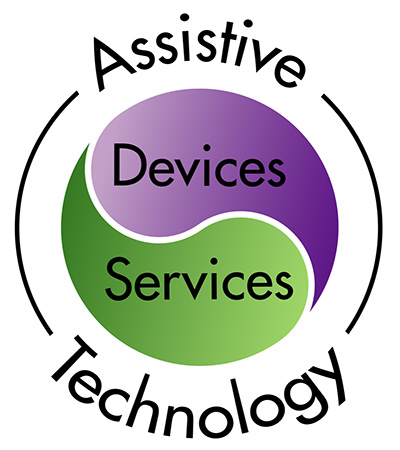Assistive Technology: An Overview
Wrap Up
Students with disabilities often have difficulty accessing the general education curriculum. However, one type of accommodation known as assistive technology (AT) can help those students to better access learning. Assistive technology can be broken into two aspects:

- Device — any piece of equipment or technology that facilitates work, communication, mobility, or other aspect of daily life (e.g., text-to-speech software, dictation software)
- Service — access to the supports or services required to use the device appropriately (e.g., training, repairs)
These two aspects of assistive technology are interdependent. Success for a student is contingent not only on having access to a device but also on having the support and services needed to use it effectively.
Though they often think of AT as being beneficial for students with more significant disabilities such as visual impairments or physical disabilities, educators should also consider AT for students with high-incidence disabilities such as learning disabilities and ADHD. When these students have access to needed AT, they typically experience better academic outcomes.
IDEA requires IEP teams to consider whether AT devices and services are needed for a student with a disability to achieve his IEP goals and objectives. Once the IEP team determines that AT is warranted, the next step is to develop a plan to help guide AT implementation and to ensure that services related to AT are delivered. As soon as the new AT has been implemented, the AT implementation team should begin gathering information to determine whether the AT is effective for the student. The team should also monitor the effectiveness of a student’s AT in an ongoing manner to determine whether it continues to be beneficial over time.
The video below summarizes some of the main points of this module and shows how AT is being implemented with students with disabilities (time: 1:49).
Source: Denver Public Schools
Revisiting Initial Thoughts
Think back to your initial responses to the following questions. After working through the resources in this module, do you still agree with your Initial Thoughts? If not, what aspects of your answers would you change?
What should Ms. Adelaide know about assistive technology and how it is used by students with disabilities?
What are the school’s responsibilities regarding assistive technology?
When you are ready, proceed to the Assessment section.